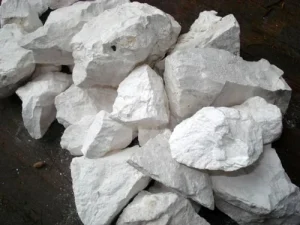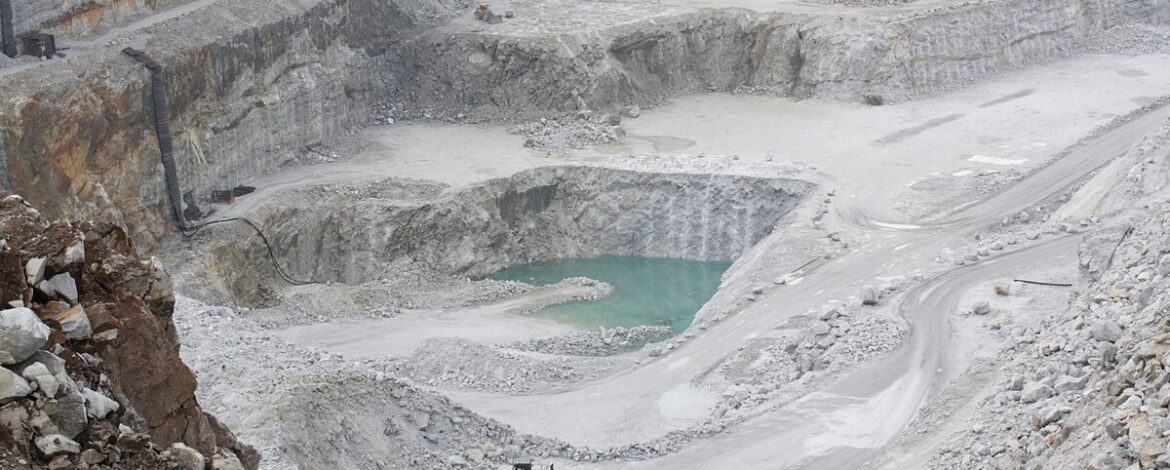Driving Global Industrial Growth
Lime, primarily composed of calcium oxide (CaO), is a versatile mineral with wide applications in construction, steel manufacturing, water treatment, and agriculture. The biggest lime resources in the world play a vital role in supporting industrial operations, ensuring reliable supply chains, and driving economic growth. Understanding these resources helps businesses and investors secure high-quality material at competitive prices.

Why Lime Resources Are Important
Lime is essential in multiple industries due to its chemical properties. In construction, it is a key ingredient in cement, mortar, and concrete, improving strength and durability. In steel production, lime acts as a flux, removing impurities and enhancing quality. Additionally, lime is widely used in water treatment, paper manufacturing, agriculture, and chemical processes.
Key advantages of abundant lime resources include:
-
Industrial reliability – supports construction, steel, and chemical industries
-
Economic value – exports contribute significantly to national economies
-
Versatile applications – used across construction, agriculture, and environmental sectors
Because of these benefits, countries with rich lime deposits often hold a strategic industrial advantage.
Biggest Lime Resources by Country
1. United States
The United States has extensive lime deposits in states like Missouri, Michigan, and New York. High-quality lime production supports steelmaking, construction, and environmental industries nationwide.
2. China
China is a leading lime producer with abundant reserves across provinces such as Shandong, Hebei, and Henan. Its lime resources are vital for the country’s booming construction and industrial sectors.
3. India
India’s lime deposits are found in Rajasthan, Gujarat, and Madhya Pradesh. Lime plays a crucial role in steel production, cement manufacturing, and agriculture, contributing to both domestic use and exports.
4. Mexico
Mexico produces high-quality lime from several states, including Hidalgo and Michoacán. The mineral supports construction, sugar processing, and chemical industries.
5. Other Key Producers
Other notable lime-producing countries include Turkey, Brazil, Russia, and Spain. These regions supply industrial lime for construction, steelmaking, and agricultural use across global markets.
Commercial Benefits of Lime Resources
The biggest lime resources offer significant commercial advantages. First, abundant reserves ensure stable supply chains for industrial users. Second, high-quality deposits provide consistent chemical composition, improving efficiency in steel, cement, and chemical production. Third, competitive pricing from large-scale production benefits buyers worldwide.
For suppliers, countries with large lime reserves can secure long-term contracts with domestic and international buyers. For importers, sourcing from these regions guarantees quality, reliability, and cost-effectiveness.
Future Outlook of Global Lime Resources
Global demand for lime is expected to grow steadily due to infrastructure development, steel production, and environmental applications. Countries with the biggest lime resources are strategically positioned to meet increasing industrial and agricultural needs. Moreover, innovations in mining and sustainable production methods will enhance supply efficiency and reduce environmental impact.
In conclusion, the biggest lime resources are essential to modern industry. They provide commercial opportunities, ensure reliable supply, and support long-term industrial and economic growth worldwide.

